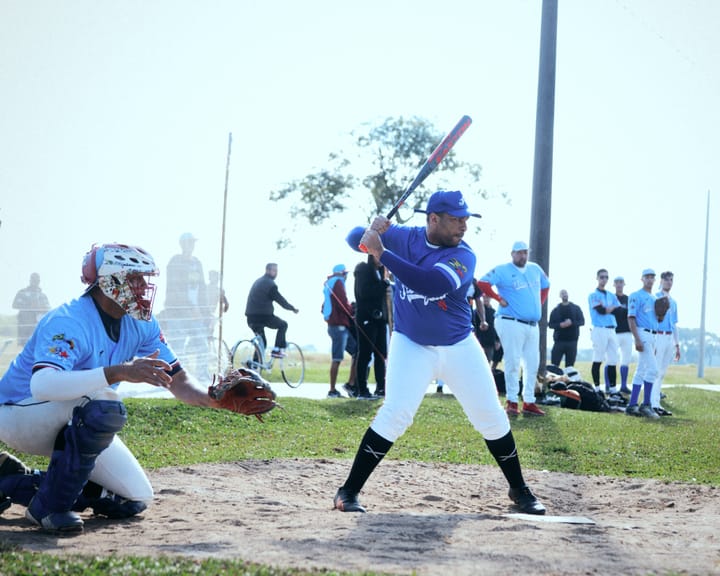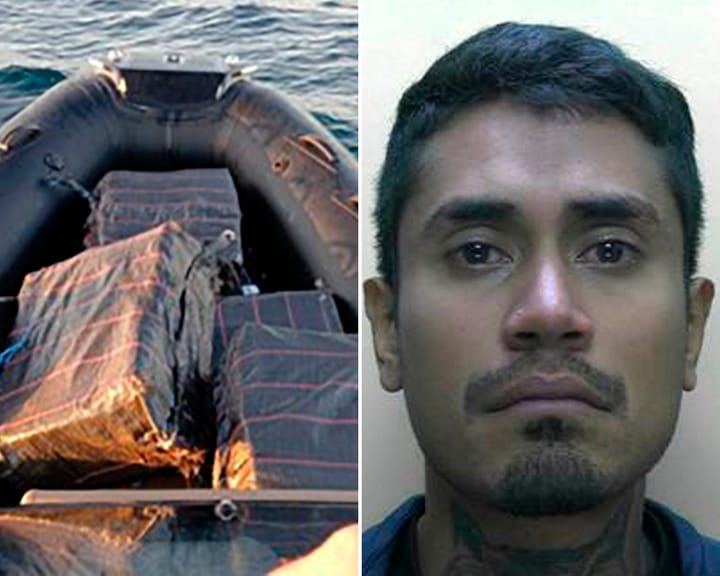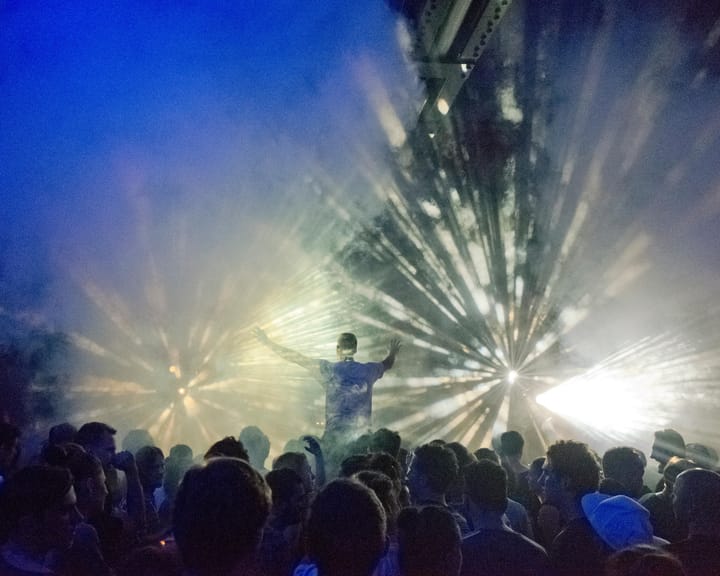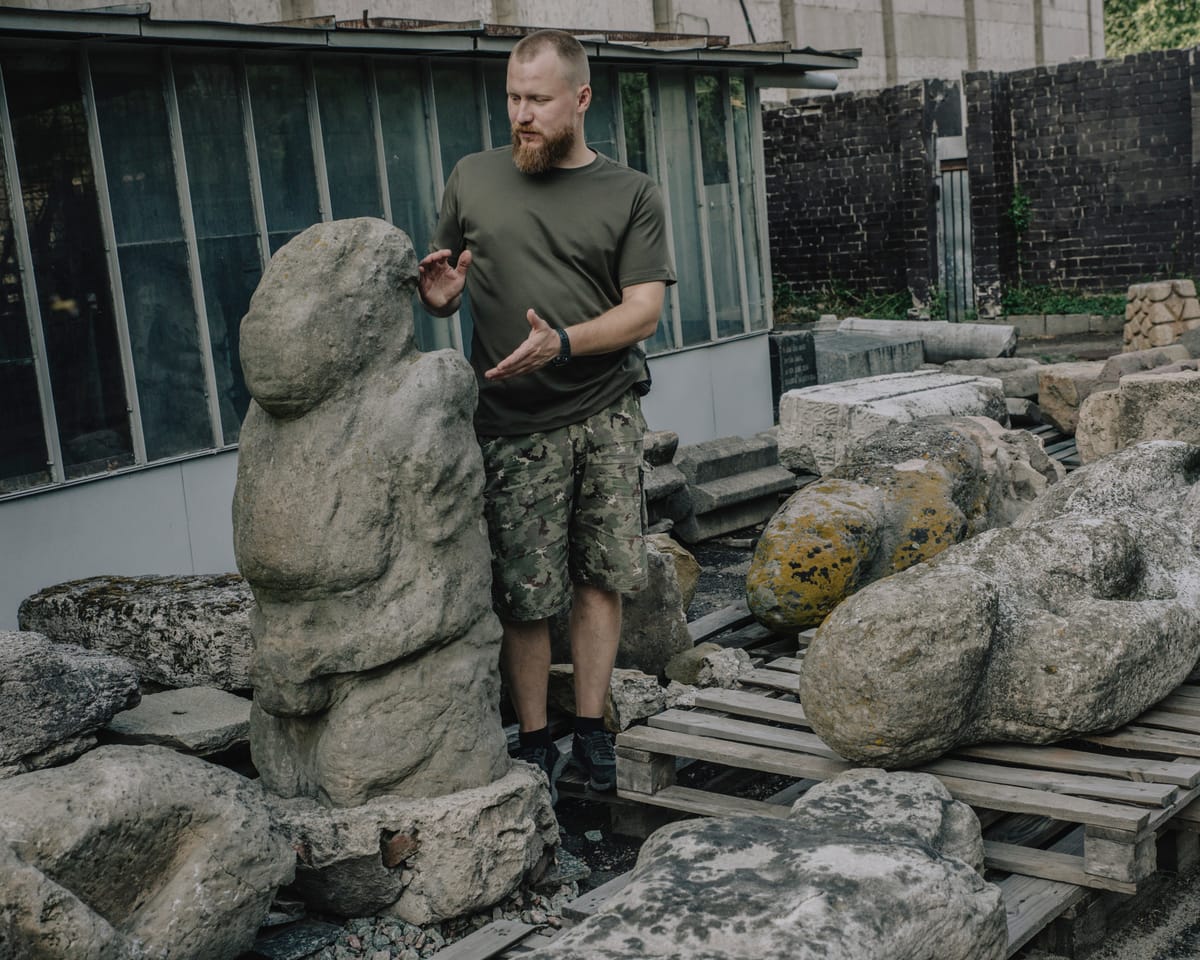A specialist with a beard and a team of Ukrainian military personnel arrived in the village of Slovianka on a unique assignment. Their objective was not to engage with invading forces but to save a rare historical artifact before the advancing conflict reached it.
The soldiers placed a large object onto a wooden pallet—an intricately carved stone figure dating back roughly 800 years. The sculpture, depicting a woman holding a ceremonial vessel, wearing a necklace, and with small legs, was carefully loaded onto a truck. “We didn’t expect to have to move it, but it’s necessary. It’s unfortunate,” said Yurii Fanyhin, who organized the effort.
Today, Slovianka is a quiet farming area near the administrative border between Dnipropetrovsk and Donetsk regions. Centuries ago, however, it was part of a major trade route across the steppe. A nomadic Turkic group—known as the Cumans or Polovtsy—thrived in this area north of the Black Sea. They were known as formidable warriors.
Their legacy endures through detailed burial statues called *babas*, which once dotted southern Ukraine’s landscape. Each statue represents a deceased individual. Some depict warriors with weapons and armor, while others—uncommon for the time—are women. Many wear jewelry; one shows a pregnant figure, with all having their hair covered by headwear.
In early 2024, Fanyhin and a group of volunteer soldiers traveled to the besieged city of Velyka Novosilka, now under foreign control. They recovered a statue damaged by shelling. Others standing on a nearby hill were harmed when a northeastern city was taken. So far, the team has saved 11 *babas*, transporting them to a history museum in Dnipro.
The museum houses over 100 Polovtsian sculptures—the largest such collection in the world. Some are well-preserved, while others, worn by centuries of weather, have lost definition, their smooth forms resembling abstract art. A recent strike nearby shattered part of the museum’s glass pavilion where they are stored.
The museum’s director, Oleksandr Starik, expressed hope that international institutions might assist in preserving the artifacts. With cultural funding limited during wartime, he emphasized their importance as national heritage—proof of Ukraine’s long-standing, diverse history.
In 2022, false claims about the region’s history were used to justify invasion. “Russia tries to assert that only Slavs lived here. But the steppe was always diverse, home to many peoples,” Starik said. “Our ancestors were nomads, unconnected to Russia. We must show their true story.”
Read next

"Softball booms in Brazilian city as Cuban migrants surpass Venezuelans for the first time"
Roberto Hernández Tello, 59, originally from Camagüey, Cuba, had hoped to reach the United States for a better future. But due to stricter immigration policies under the previous U.S. administration, he found himself in Curitiba, southern Brazil, thousands of miles from home.
Like him, many Cubans have recently arrived

"Public asked to aid in catching drug gangs using 'mother ships' near UK shores"
Police Ask Coastal Residents to Aid in Combating Drug Smuggling
Authorities have called on residents of coastal areas in the UK to assist in disrupting criminal groups that are employing increasingly creative tactics to bring large amounts of cocaine into the country.
Officials have noted a rise in “at-sea drop-offs”

"Germany's historic largest gay nightclub files for bankruptcy"
Germany’s longest-running and largest LGBTQ+ dance venue has filed for bankruptcy after operating for nearly 50 years, succumbing to financial pressures and shifting trends in Berlin’s nightlife.
Internal challenges and the rise of dating apps contributed to SchwuZ’s difficulties over the past year. In May, the venue

